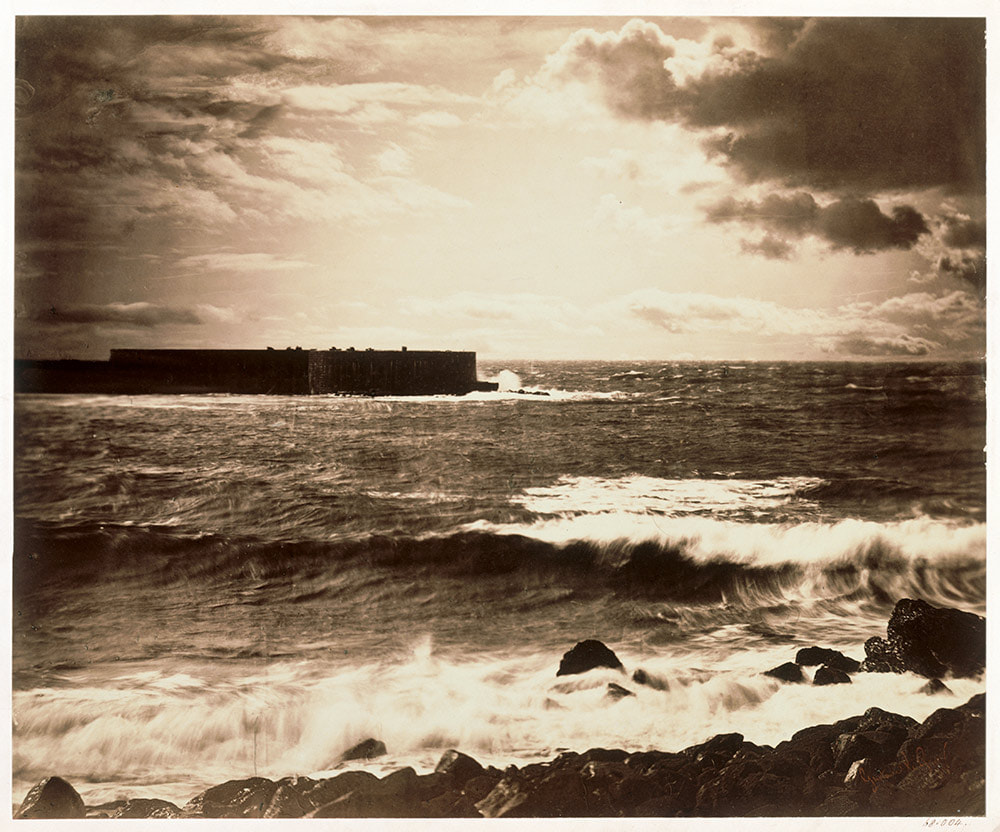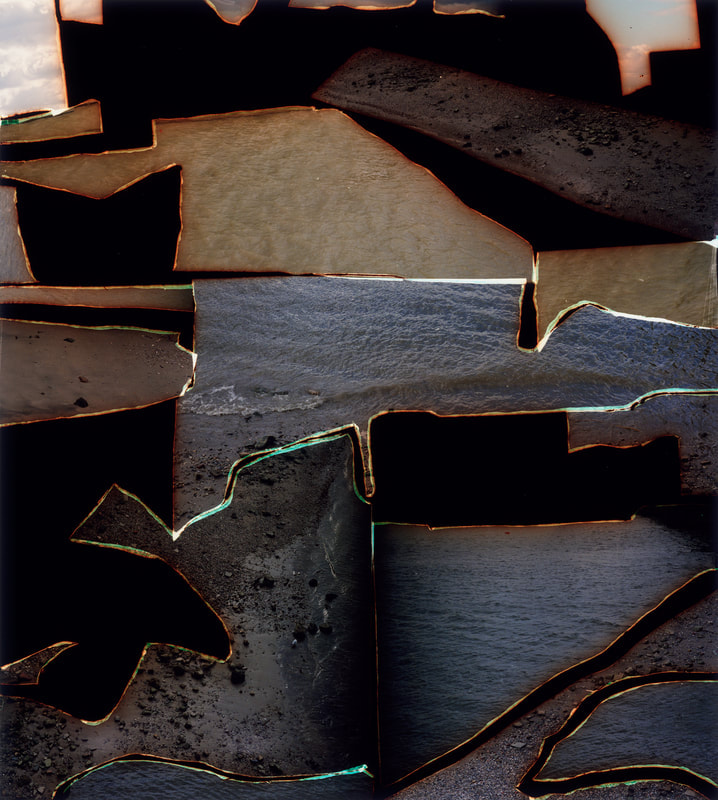Gustave Le Gray – He was the central figure in French photography of the 1850’s. He was admired for his use of paper photography, which he first experimented in 1848. An experimenter and technical innovator, he evolved the use of the paper negative in France and developed a waxed-paper negative with the ability to produce sharper-focus prints. He became one of the first five photographers, along with Édouard-Denis Baldus and Hippolyte Bayard, to work for the missions héliographiques and is credited with teaching photography in the 1850s to many important French photographers.
“It is my deepest wish that photography, instead of falling within the domain of industry, of commerce, will be included among the arts. That is its sole, true place, and it is in that direction that I shall always endeavor to guide it.”
Dafna Talmor – She is an artist and lecturer based in London whose practice encompasses photography, spatial interventions, curation and collaborations. Her work can be found in the permanent collections of the Victoria and Albert Museum, Deutsche Bank, Hiscox collections and private collections internationally, and in many publications.
Taken with no original plan or idea to what they would be used for she would take images and the negatives accumulated for years in boxes, without any use or artistic function. Eventually, she realised that by merging images of different places of personal meaning she was able to create idealised and utopian landscapes therefore giving a function to these seemingly useless negatives.
This allowed her to transform photographs initially taken without an intended purpose through of slicing and splicing. The resulting photographs are a conflation, ‘real’ yet virtual and imaginary. Her aim was to transform a specific place, loaded with personal meaning and memories for her into a space that has been emptied of subjectivity and becomes universal.
“I am interested in creating a space that defies specificity, refers to the transient, and metaphorically blurs space, memory and time.”


Both could be described as landscape pictures. What kinds of landscapes do they describe?
They both describe a seascape however they are displayed and formatted in very different ways. Gustave’s image depicts a rougher more dramatic environment and Dafna’s is an abstract approach to a seascape image.
What similarities do you notice about these two pictures?
they are both seascapes, both daytime images
What differences do you notice?
The one on the right is a collage of images showing describing the seascape in an abstract format whereas the image on the left is not a collage and is presented in black and white with the yellow tones presenting the image as older or vintage. The image on the left shows a rougher sea whereas on the right the sea looks a lot more still, portraying different feelings to the viewer as Gustave’s image is more gloomy and has an essence of drama whereas Dafna’s image shows a calm sea however creates interest with the construction of her image.
What words/phrases best describe each of these landscapes?
image 1 – Rough, old, choppy
image 2 – still, collage, abstract
In which of these landscapes would you prefer to live?
I would prefer to live in the abstract landscape as the image portrays a calmer more tranquil setting and the presentation of the other image is more of a dark and dramatic scene.
